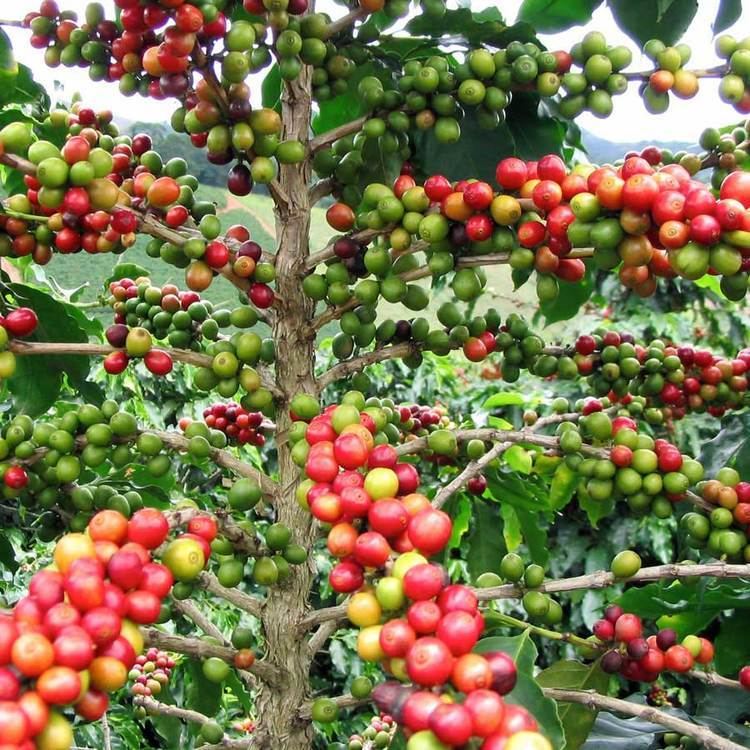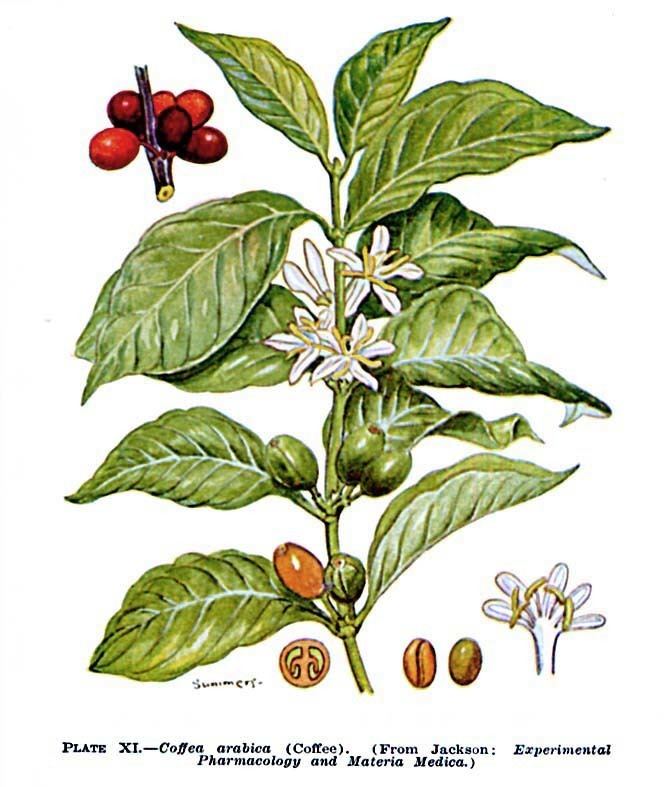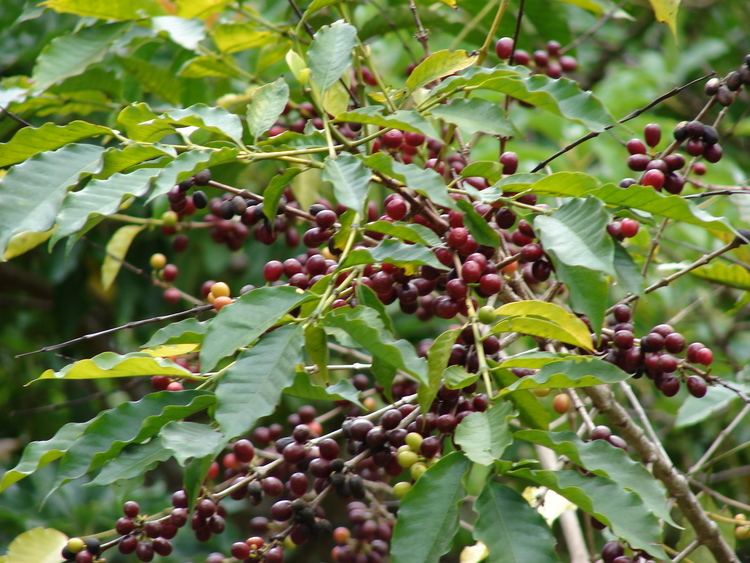Higher classification Coffeeae | Subfamily Ixoroideae Scientific name Coffea Rank Genus | |
 | ||
Lower classifications Arabica coffee, Robusta coffee, Coffea liberica, Coffea charrieriana, Coffea magnistipula | ||
Coffea arabica growing and planting seedlings
Coffea is a genus of flowering plants whose seeds, called coffee beans, are used to make various coffee beverages and products. It is a member of the family Rubiaceae. They are shrubs or small trees native to tropical and southern Africa and tropical Asia. Coffee ranks as one of the world's most valuable and widely traded commodity crops and is an important export product of several countries, including those in Central and South America, the Caribbean and Africa.
Contents
- Coffea arabica growing and planting seedlings
- Make a cup of coffee starting from scratch coffea arabica video
- Cultivation and use
- Ecology
- Research
- References
Make a cup of coffee starting from scratch coffea arabica video
Cultivation and use

Several species of Coffea may be grown for the seeds. Coffea arabica accounts for 75-80 percent of the world's coffee production, while Coffea canephora accounts for about 20 percent.

The trees produce edible red or purple fruits called "cherries" that are described either as epigynous berries or as indehiscent drupes. The cherries contain two seeds, the so-called "coffee beans", which—despite their name—are not true beans. In about 5-10% of any crop of coffee cherries, only a single bean, rather than the usual two, is found. This is called a peaberry, which is smaller and rounder than a normal coffee bean. It is often removed from the yield and either sold separately (as in New Guinea peaberry), or discarded.

When grown in the tropics, coffee is a vigorous bush or small tree that usually grows to a height of 3–3.5 m (9.8–11.5 ft). Most commonly cultivated coffee species grow best at high elevations, but do not tolerate freezing temperatures.
The tree of Coffea arabica will grow fruits after three to five years, and will produce for about 50 to 60 years (although up to 100 years is possible). The white flowers are highly scented. The fruit takes about 9 months to ripen.
Ecology
The caffeine in coffee "beans" is a natural plant defense against herbivory, i.e., a toxic substance that protects the seeds of the plant. Fruits and leaves are both sources of caffeine as well and a tea can be made of the leaves, but neither are used commercially.
Several insect pests affect coffee production, including the coffee borer beetle (Hypothenemus hampei) and the coffee leafminer (Leucoptera caffeina).
Coffee is used as a food plant by the larvae of some Lepidoptera (butterfly and moth) species, Dalcera abrasa, turnip moth and some members of the genus Endoclita, including E. damor and E. malabaricus.
Research
In 2008 and 2009, researchers from the Royal Botanic Gardens, Kew named seven new species of Coffea from the mountains of northern Madagascar, including C. ambongensis, C. boinensis, C. labatii, C. pterocarpa, C. bissetiae, and C. namorokensis.
In 2008, two new species of coffee plants were discovered in Cameroon: Coffea charrieriana, which is caffeine-free, and Coffea anthonyi. By crossing the new species with other known coffees, two new features might be introduced to cultivated coffee plants: beans without caffeine and self-pollination.
In 2014, the coffee genome was published, with more than 25,000 genes identified. This revealed that coffee plants make caffeine using a different set of genes from those found in tea, cacao and other such plants.
